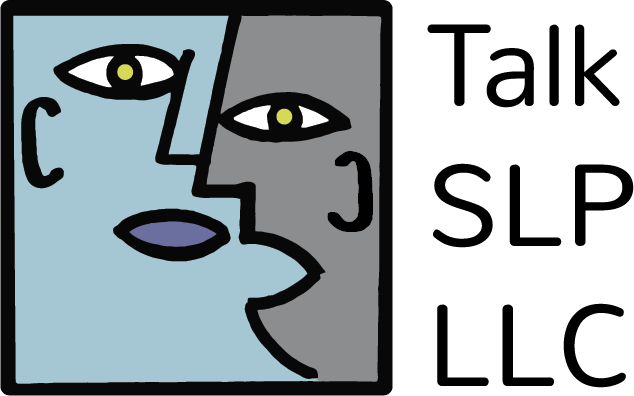Neurogenic Communications
Neurogenic communication disorders are defined as an individual’s inability to exchange information with others due to some form of nervous system impairment.
These challenges are often acquired in adulthood, typically resulting from brain injuries due to stroke, traumatic brain injury (TBI), brain tumors, or progressive neurological diseases (Parkinson disease, Alzheimer's dementia, ALS, or primary progressive aphasia).
Children can also experience neurogenic communication disorders resulting from car accidents, acute illnesses, recovery from surgery, or sports accidents.
Neurogenic communication disorders include:
- Aphasias – disturbances in the formulation or comprehension of language.
- Apraxia of speech – an inability to translate speech plans into the motor activity of speaking. This condition is also known as verbal apraxia or dyspraxia, and it is considered a speech sound disorder.
- Dysarthrias – disturbances in muscle control that affect speech production.
If you or someone you love experiences a brain injury that results in a communication disorder, seeking out treatment by a speech language pathologist can be a critical part of recovery. Even many years later, however, treatment for speech language difficulties due to a brain injury can yield improvements in communication skills.
The TALK Difference
“Laura, my son is doing great and hardly drooling two weeks post tonsillectomy and adenoidectomy. Thanks so much for working with us and leading us to the right diagnosis!”
Goals of therapy for aphasia:
- Exercise to regain specific language skills of comprehension and formulation impaired by brain damage
- Improve word-finding abilities and rehearse naming objects, following directions, and answering questions
- Practice spelling, writing, and math calculations that are necessary for daily living
- Develop communication strategies by role-playing common situations found at home and in the community such as talking to clerks, asking for directions, and ordering food at a restaurant
- Practice functional reading and writing skills such as looking up a business in the telephone book or writing down an address
Goals of therapy for apraxia of speech/dyspraxia:
- Improve speech clarity with practice in motor speech planning, and programming and retrieving speech sounds and patterns
- Improve the rhythm and timing of speech and inconsistent speech sound errors
Goals of therapy for dysarthria:
- Increase speech clarity that may be reduced by a neuromuscular impairment causing the speech mechanism (larynx, lips, tongue, palate, and jaw) to be paralyzed, weak, or poorly coordinated
Help is available!
Laura Smith, licensed speech-language pathologist and certified orofacial myologist, is specially trained to assist children and adults in overcoming their communication challenges. Her holistic approach takes into account the person as well as the problem.
Telepractice appointments are available, where clients can receive consultation and therapy services using online tools. In-person appointments upon request.
Contact us for more information or to make an appointment.
